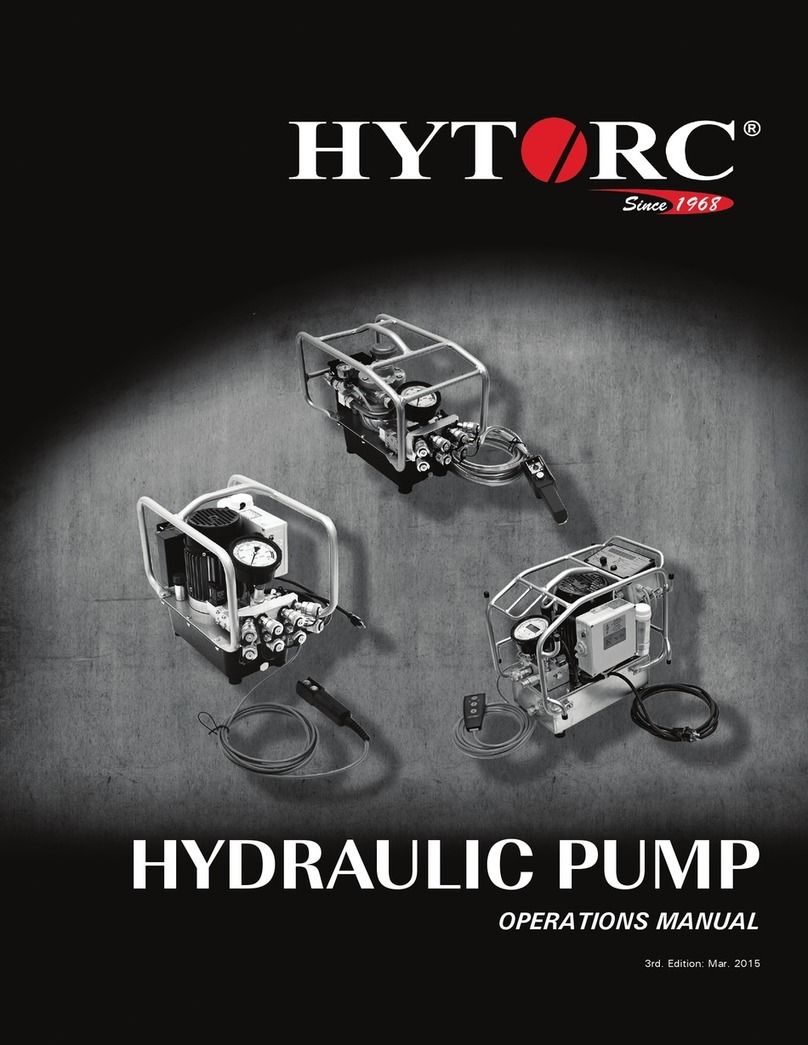
Design characteristics of warning information..............................................................19
Design of information about property damage .............................................................20
Warning and information signs.....................................................................................21
Description............................................................................................................. 23
Directional data.............................................................................................................23
Overview front right.......................................................................................................24
Overview rear right .......................................................................................................25
Overview of the hydraulic unit with one tool connection...............................................26
Layout...........................................................................................................................26
Display and operating elements ...................................................................................27
Pressure gage....................................................................................................27
Couplings............................................................................................................27
Remote control...................................................................................................28
Torque valve.......................................................................................................29
Type plate.....................................................................................................................29
Available accessories...................................................................................................30
Workspaces and positions............................................................................................30
Purpose and function....................................................................................................31
Unpacking and checking the delivery................................................................... 32
Unpacking.....................................................................................................................32
Checking package and condition..................................................................................32
Storing the unit ...................................................................................................... 33
Moving the unit ...................................................................................................... 34
Commissioning the unit ........................................................................................ 35
Initial commissioning.....................................................................................................35
Daily commissioning.....................................................................................................37
Tool connection..................................................................................................37
Connect mains plug............................................................................................39
Bleeding the screw system (generator, hose, tools) ..........................................40
Check oil level ....................................................................................................40
Checking functioning of the manometer.............................................................41
Performing a test run....................................................................................................41
Operating the unit.................................................................................................. 42
Changing tools..............................................................................................................42
Setting the pressure......................................................................................................46
Performing a screwing process ....................................................................................48
Checking the pressure during operation.......................................................................48





























